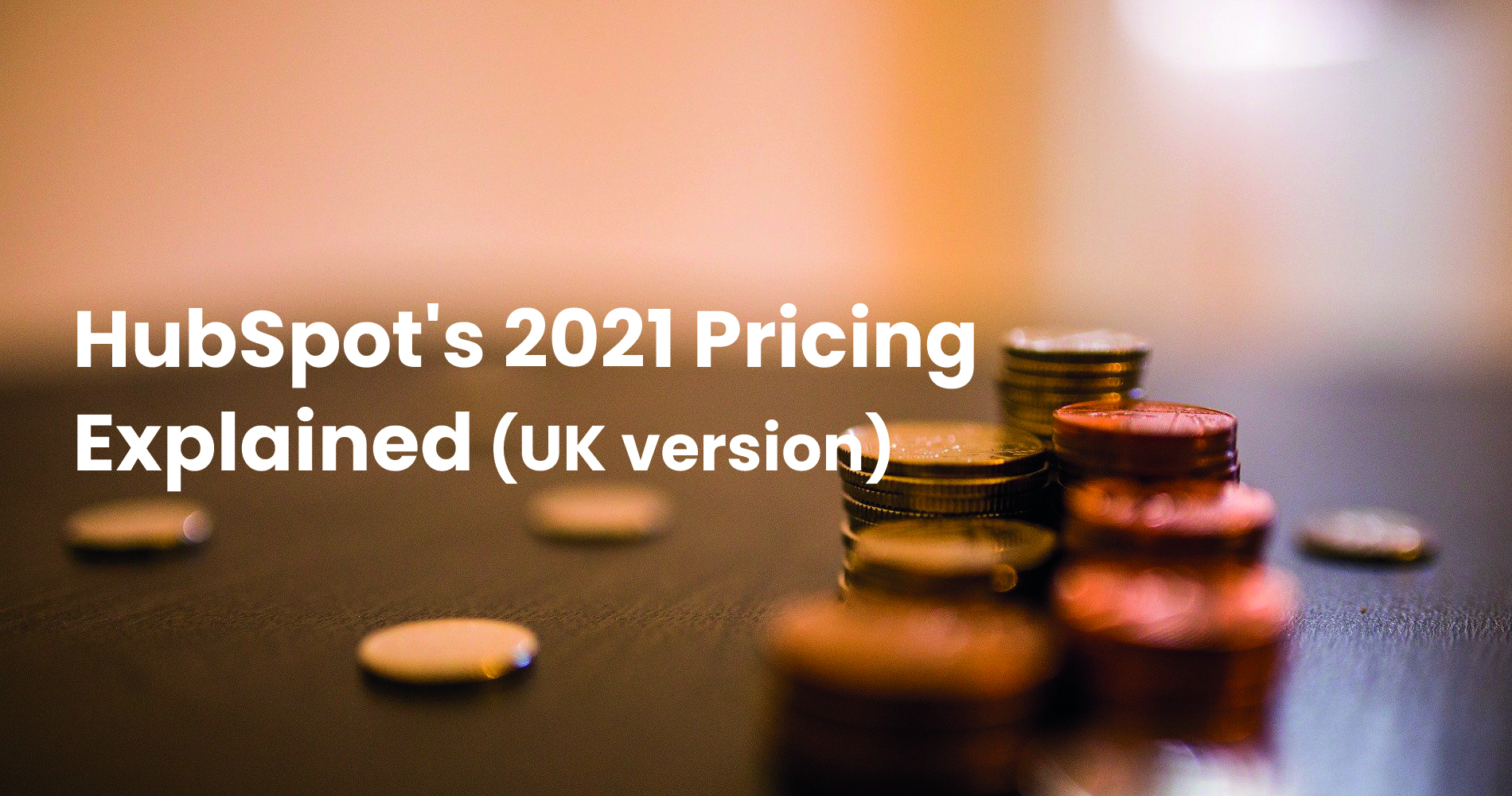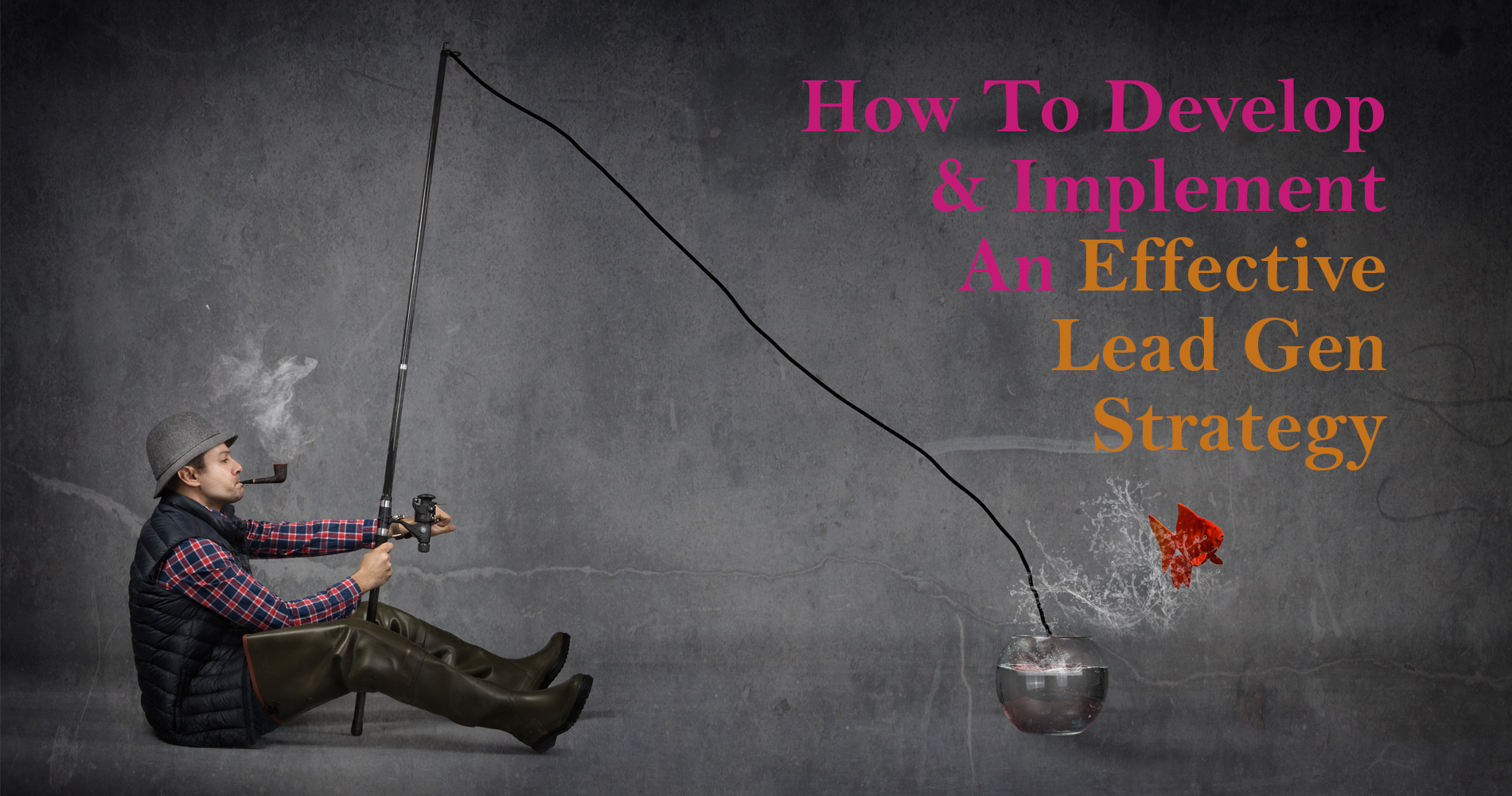The sales and marketing landscape has evolved dramatically in the last few years. Considering the rise in consumer power, you can safely say that buyers are no longer purchasing your product - they are deciding your future as a brand. You need to prove to your customers that you're a company worth investing in and that you have their best interests at heart. It's not enough to know your industry or understand the technology better than anyone else because the people who sell those products don't come across like authority figures. Instead of focusing on pushing a sale on a disinterested customer, try learning more about inbound sales methodology. This involves providing relevant content, one-to-one communication, and useful expertise as ways of building trust helpful relationships with prospective buyers as opposed to trying to jumpstart a sale quickly and putting something out there that might be misrepresentative of your brand!
A lot goes into sales, and that's why it's important to keep your finger on the pulse of what consumers are looking for! Inbound sales is a great way to do this. As a salesperson or marketer, here are some of the ways you might apply it to your business:
How Does Inbound Sales Work?
Sales by definition is about personal relationships. Relationship building can be slow, but amiable and effective when done correctly, and inbound sales is essentially a marriage of proven strategies from online marketing and relationship management.
"Inbound sales" places a focus on needs, goals, and interests and less of a monetary incentive. Inbound salespeople lead customers through a long-term decision-making process while focusing on providing information rather than simply persuading people to make costly purchases.
With inbound sales, there is a process of identifying and approaching potential customers that have already expressed interest in your products/services via content marketing. With inbound sales, you are offering guidance to consumers who already have a direct impact on their minds, rather than trying to influence them yourself by forcefully pushing new opportunities onto the table for them to consider. In this case, you are guiding them through the buying process rather than making sure they immediately consider your services as the answer from early on.
A fully formed sales strategy will consist of nurturing prospects to eventually lead the audience through various stages including consideration and decision. The smart inbound marketing gurus understand when a customer is at a certain stage of the buying process, making it possible for them to craft a helpful and personalised sales approach for each individual. A well-considered closed-loop system for educating the clients throughout the many stages of their buyer journey can up your chances of converting customers into profitable long-term clients who are invested and loyal to your brand.
The Difference Between Inbound and Outbound Sales
Outbound sales are what we've all been accustomed to in society. Cold calling, emailing, knocking on doors, and other impersonal methods of getting in touch with prospects. All these activities are considered outbound since the attention-grabbing aspect of them involves them "pushing" their message toward a large number of people who may or may not be interested in what they're selling. In other words, it’s the process of getting people’s attention by using multiple channels like cold calls, trade shows, and purchased contact lists.
Inbound sales on the other hand are the act of “pulling” interested prospects whose needs match what you have to offer closer to you by using a number of different marketing strategies like writing blog articles, email newsletters, and utilising various social media platforms.
If you think back to the first time you learned how to make bread, you probably didn’t just jump in and make it. You likely went through a process of learning how to master the craft of baking bread and at first maybe just made loaves at home. However, when you started your business, assuming that no one likes your company’s product means that not only is there no point in trying to learn what people want and need, but even if there was nobody who wanted it or needed it - which is a pretty big assumption by itself! Now think about it this way: when cold calling a lead, does the fact that they don't have any need for your products or services means that you should let them go? The answer is no! Think about using outbound sales tactics in an inbound way. In fact, you should!
Incorporating Outbound Sales Tactics into Your Inbound Strategy.
Inbound and outbound sales are both necessary elements of any company’s growth. In essence, you can consider outbound sales to be a type of prospecting and inbound sales as the cultivation and nurturing of leads.
Inbound sales requires more time than outbound sales to process, but they are more cost-effective in the long run because they build a better relationship with everyone involved. Outbound sales involve contacts that need to be compiled beforehand; this is called prospecting. In some ways, it can be considered synonymous with emails or phone calls made for marketing purposes, not just for sales.
Prospecting is the process of conveying information to people who might be interested in your product without their knowing they’ve been approached while inbound marketing is targeting those who have had previous contact with you and offering them premium services or products and solutions that they otherwise wouldn’t have found themselves. Anyways, let us now focus on what we said before; inbound sales can most certainly be improved by taking time to truly understand the audience to whom these prospects belong too and providing solutions that fulfill their expectations for something of higher quality that's pertinent to their needs even if it isn't something directly related to your service or product!
The key to inbound sales is to follow up on your leads. You have to give the customer time and space, so they have time to get comfortable with you. Based on your research, you can present them with a clear sense of who you are and why you're contacting them. By providing genuine value, you bypass spam filters, get past gatekeepers, and interrupt other communication efforts, ultimately winning more sales and marketing opportunities for your prospects
Using outbound sales tactics in an inbound way requires:
1. Identify your buyer personas.
Your buyer personas are stereotypes of people whom you believe will most benefit from your product or service according to their ability to pay for it and their willingness to do so. A buyer persona should be comprised of relevant information about a company's customers.
A buyer persona is useful when it comes down to understanding your target audience's identity and behavior, which can give you a better idea of what issues they face, their goals, and their requirements. A buyer persona should contain some or preferably all of the following business-related variables: job role, company size, challenges faced by using social selling channels, level of buying power, personal and business goals of the personas, and more.
When it comes to scaling up a business, having a sales team and an inbound marketing team that are aligned on their personas is important to ensuring success. The marketing teams need to know what types of personas the sales team will be selling to so that they can focus their efforts on targeting that persona with lead generation content instead of wasting time and energy trying to sell something without being aware of whether or not the target audience for that particular piece of content even exists.
2. Take an in-depth look at your leads' digital body language.
As your lead interacts with your website, the content on it is captured so that it can be leveraged to form what we call their “Digital Body Language” which helps in understanding exactly where they currently are and whether or not they are aware of potential challenges or if they know the best way to rectify those problems. This information can help you understand which buyer persona they belong to, what issues they face while doing a certain job, and what solutions might cater specifically to them.
Closed-loop reporting simplifies the process of capturing all of this data. With the help of gaining insight into your prospect’s thoughts and feelings through a 1st person’s perspective, you can help paint a more detailed picture of their worldview and help them bridge the gap between where they are and where you want them to be.
Before you get a prospect on the phone, make sure you understand what kind of messages or marketing they’ve been experiencing from your competition. How do they communicate? What benefits are important to them? What pain points are bothering them enough to find a solution? If you know these things about your prospect (and competing products in their consideration set), it will be much easier to facilitate a powerful conversation when you speak.
Remember: The Internet is also a great resource and always a good source to check out additional information. Sometimes, you can find additional key details on social media platforms such as LinkedIn, Twitter, Instagram, etc. Also, keep in mind that your goal for the follow-up process should be to add value before asking for value so you'll want to try doing more research on their company and any recent projects they’ve worked on and use this information as feedback during your next interaction with customers or potential leads.
3. Sync up your sales and marketing operations.
Your sales team could be your most important resource in the early stages. Your success will largely depend on how much energy you put into this department. The reason? Because the sales team is responsible for nurturing all of your leads, not just the ones who signed up during those first few weeks.
There's something extremely helpful when it comes to designing a marketing process that goes beyond the mere act of writing. This is actually known as wireframing, which involves taking the time to actually map out and design your entire blog article or sales letter so that you can work out your thoughts ahead of actually creating the content for that process. There are many professional designers who specialise in this field, although a simple Google search may reveal some great resources you can utilise yourself and better understand how the whole wireframing concept works in action.
Does Using Inbound Sales Tactics Make a Difference?
Half of all closed-won sales go to the salesperson who followed up first. You need to get in front of your prospects early on in the buying journey by taking the time to build trust and properly position yourself as a trusted resource.
To be the first person a prospect reaches out to, build relationships that are built on trust, education, and a willingness to help. Then when the time comes for them to make a purchase, you're the one who will get there first - provided you've been willing to help your customer over time by providing them with more than just products or services, but information on related topics as well.
As an aspiring salesperson, it’s important to keep in mind that as helpful as you are as a resource, it’s not all about you; it’s more about how you can help your prospect. Remember: It’s usually easier to sell someone the right product than to have to deal with sending the wrong one back because of incorrect sizing or color. So, if you’re trying to build on a reputation for honesty and fair business practices, remember that there will always be trust in your name if you take the time to do things appropriately rather than hastily and with shortcuts around the process.
Inbound Sales: A Problem-and-Solution-Oriented Approach
Going above and beyond for potential customers is the hallmark of a successful inbound sales strategy. When you "go to bat" for your customers, let their needs be prioritised rather than asking them to figure it out on their own. Asking why they want something before deciding if that’s something you're going to offer them is only good way to help them identify what it is they are really looking for. Once they have clearly defined their challenges, then you can begin offering solutions with content creatively made just for that audience.
For example, if a lead has downloaded a top-of-funnel content offer on how to redesign their website and has also been to your blog's landing page but not converted there until later on, you might want to reach out to them with an email sequence discussing what they could be doing wrong with the current design that's giving them such poor results when they're getting so many visitors daily.
Don’t be afraid to get proactive about getting in touch. After all, that’s what the messaging you sent them was for, right? They downloaded a content offer, or they were curious enough to ask for a demo. So, when is the right time to do it? If you think they might be seriously ready to talk to sales, then definitely follow up with them and make sure they know exactly how they can reach your team!
Lastly
Millions of companies around the world are benefiting from implementing a customer-centric inbound marketing strategy. It’s measurable, scalable, and affordable for any organisation in any industry and it’s incredibly powerful for filling your funnel with more qualified leads over time. Inbound sales is great because it doesn’t have limits placed on it as other advertising methods do. For example, paid search only shows customers ads when they’ve already decided that they want to learn more about a product in particular but with inbound sales, you can show customers ads as soon as new pieces of content are published that might be relevant to them. There’s no limit because there will always be new leads that become interested in what you have to offer at some point even though you might not realise it right away!



